Sub Bass: 20 to 60 Hz
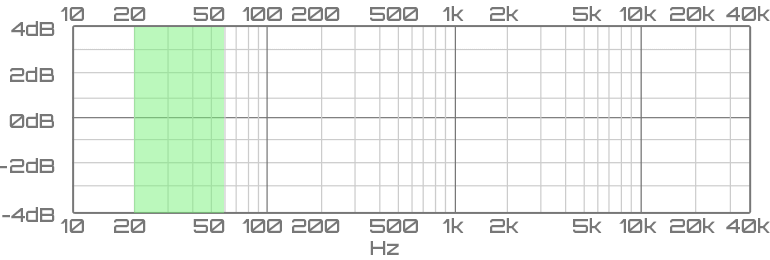
The sub-bass provides the first usable low frequencies on most recordings.
When the bass is produced in this range is usually felt more than it is heard, providing a sense of power. Too much boost in the sub-bass range can make the sound overly powerful, whereas too much cut will weaken and thin out the sound.
Many instruments struggle to enter this frequency range, with the exception of a few bass-heavy instruments, such as the bass guitar which has the lowest achievable pitch of 41 Hz. It is difficult to hear the sub-bass range at low volumes due to the Fletcher Munson curves.
The Fletcher Munson Curve is a graph that illustrates an interesting phenomenon of human hearing.

The graph of the Fletcher Munson Curve simply illustrates this concept with specific visual data. For mixing purposes, you don’t really need to understand the actual graph, you just need to grasp the concept.
At low listening volumes – mid-range frequencies sound more prominent, while the low and high-frequency ranges seem to fall into the background.
At high listening volumes – the lows and highs sound more prominent, while the mid-range seems comparatively softer.
As you may already have figured out, the Fletcher Munson Curve presents a HUGE problem when mixing a song.
One of the most fundamental characteristics of a good mix is achieving the ideal balance of frequencies most pleasing to the listener
Here’s an example to illustrate my point:
Let’s say you are working on the EQ of a mix, and as you listen back at a low volume, you think the lows and highs could use a boost. So you boost them…and it sounds great.
The next day…
You listen back at a high volume. Now the lows and highs are too much, so you cut them. And you are right back where you started in the beginning.
As a music consumer, when I listen to a song at HALF-volume, I’m only HALF-paying attention. When I’m listening at FULL-volume, that means it has my FULL attention.
As a music producer, I want my mix to sound best when listeners are paying FULL attention.
You want your mixes to sound their best at high volumes because that’s when people are REALLY listening to it. In order for that to happen, you need to EQ it at a high volume.
Bass: 60 to 250 Hz

The bass range determines how fat or thin the sound is. The fundamental notes of rhythm are centered on this area. Most bass signals in modern music tracks lie around the 90-200 Hz area. The frequencies around 250 Hz can add a feeling of warmth to the bass without loss of definition.
Low Midrange: 250 to 500 Hz
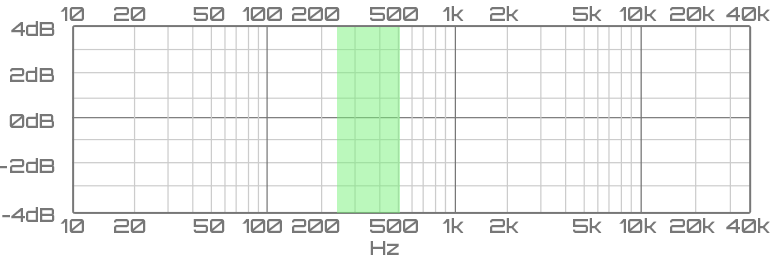
The low midrange contains the low-order5 harmonics of most instruments and is generally viewed as the bass presence range.
Boosting a signal around 300 Hz adds clarity to the bass and lower-stringed instruments. Too much boost around 500 Hz can make higher-frequency instruments sound muffled.
Midrange: 500 Hz to 2 kHz
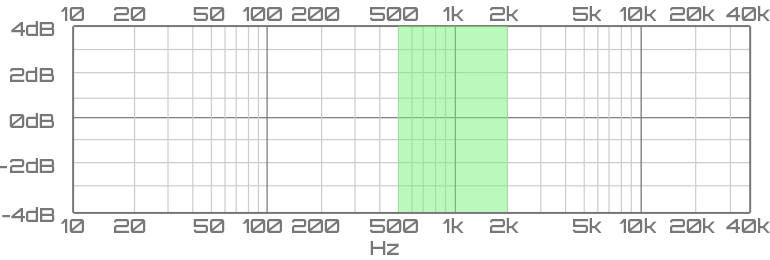
The midrange determines how prominent an instrument is in the mix.
Boosting around 1000 Hz can give instruments a horn-like quality. Excess output at this range can sound tinny and may cause ear fatigue. If boosting in this area, be very cautious, especially on vocals. The ear is particularly sensitive to how the human voice sounds and its frequency coverage.
Upper Midrange: 2 to 4 kHz
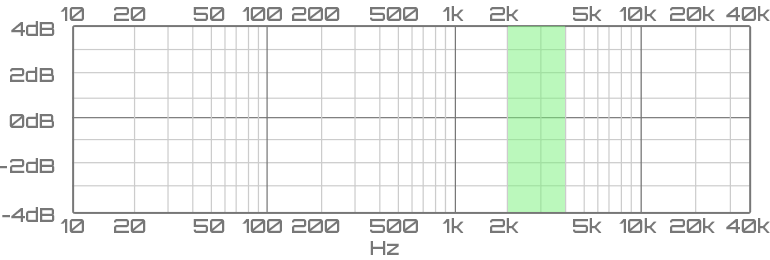
The high midrange is responsible for the attack on percussive and rhythm instruments. If boosted, this range can add presence. However, too much boost around the 3 kHz range can cause listening fatigue. Vocals are most prominent at this range so as with the midrange, be cautious when boosting.
Presence: 4 kHz to 6 kHz
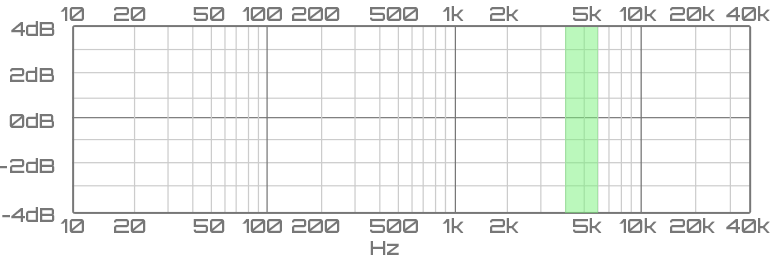
The presence range is responsible for the clarity and definition of a sound. It is the range at which most home stereos center their treble control.
Over-boosting can cause an irritating, harsh sound. Cutting in this range makes the sound more distant and transparent.+
Brilliance: 6 kHz to 20 kHz
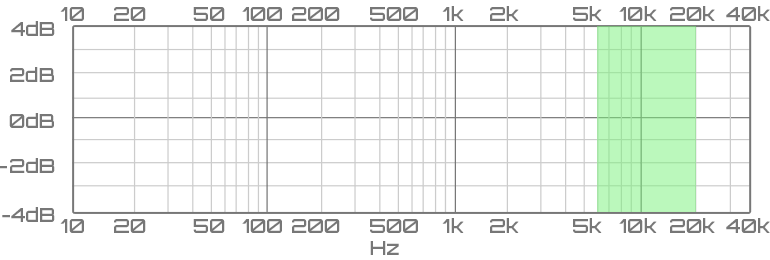
The brilliance range is composed entirely of harmonics and is responsible for the sparkle and air of a sound. Boost around 12 kHz makes a recording sound more Hi-Fi.
Be cautious over boosting in this region as it can accentuate hiss and cause ear fatigue.
Summary Table
Sub-bass - 20 to 60 Hz
Bass - 60 to 250 Hz
Low midrange - 250 to 500 Hz
Midrange - 500 Hz to 2 kHz
Upper midrange -2 to 4 kHz
Presence - 4 to 6 kHz
Brilliance - 6 to 20 kHz
Share this article if you enjoyed the content and we will make more posts that are similar.
Follow our Instagram's

Comments